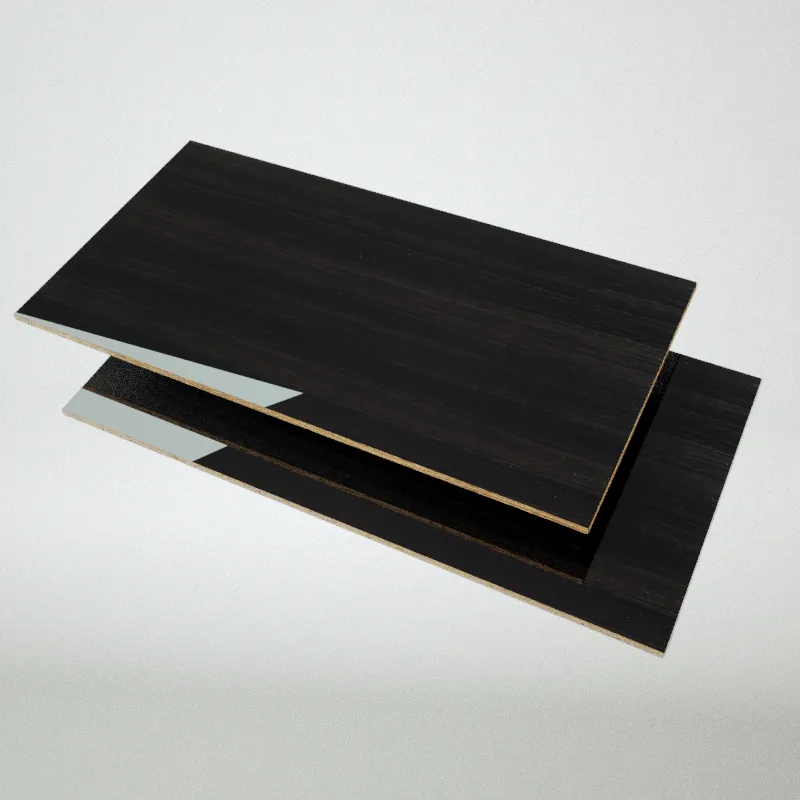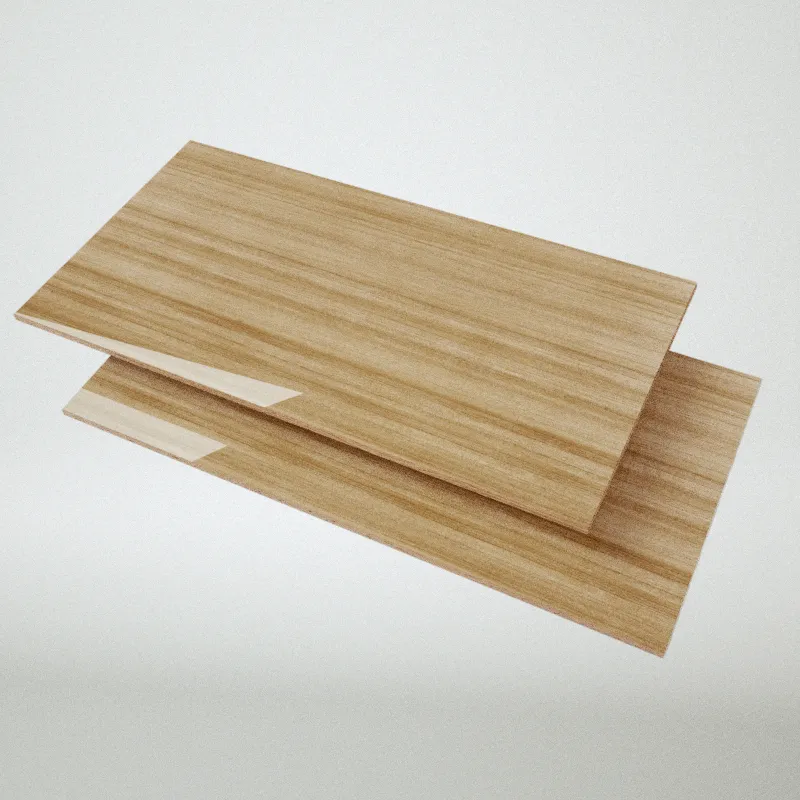
Sind MDF-Platten in den USA verboten?
2024-07-12 15:30
In recent years, the safety and environmental protection of MDF board (medium density fiberboard) in the US market have attracted widespread attention. Some rumors even claim that MDF board is banned in the United States due to its possible health risks.
What is the truth? This article will delve into the current status of MDF board use in the United States, regulatory policies, and related health and environmental issues to uncover the truth of this issue.

What is MDF board?
MDF board, or medium density fiberboard, is a man-made board made by combining wood fiber with synthetic resin and pressing it under high temperature and high pressure. MDF board is widely used in furniture manufacturing, interior decoration and building materials for its flat and smooth surface, good processability and relatively low price.
Market status of MDF board in the United States
1. Wide application: In the United States, MDF board is widely used in furniture, cabinets, door panels, molded panels, wall panels and other products due to its excellent processing performance and decorative properties. Many home furnishing brands and construction companies choose MDF board as one of the main materials to meet the market demand for cost-effective and diversified products.
2. Market demand: According to market research data, the US MDF board market has continued to grow in the past few years. With the increase in residential and commercial buildings, as well as people's demand for interior decoration and furniture renewal, the MDF board market has shown strong growth momentum. Especially in the field of furniture and cabinet manufacturing, MDF boards are more widely used.

US regulatory policy on MDF boards
1. Environmental regulations:
The United States has very strict environmental requirements for building materials, and MDF boards are no exception. The US Environmental Protection Agency (EPA) and the California Air Resources Board (CARB) have imposed strict restrictions on formaldehyde emissions from MDF boards. According to EPA regulations, formaldehyde emissions from MDF boards must comply with the Formaldehyde Standards for Composite Wood Products Act, that is, a concentration of less than one part per million (0.11 ppm).
California's CARB regulations are more stringent, stipulating that formaldehyde emissions from composite wood products (including MDF boards) should be less than 0.09 parts per million (0.09 ppm) to ensure indoor air quality and resident health.
2. Safety standards:
In addition to environmental regulations, the United States also has strict requirements for the mechanical properties and safety of MDF boards. The American National Standards Institute (ANSI) has formulated relevant standards to ensure the stability and safety of MDF boards during use. In addition, many MDF board manufacturers will also conduct voluntary certification, such as FSC (Forest Stewardship Council) certification, to prove that their products meet the requirements of sustainable management.
Controversy about the health risks of MDF boards
1. Formaldehyde issue:
The possible health risks in MDF boards mainly come from the formaldehyde resin used in its production process. Formaldehyde is a known carcinogen. Long-term exposure to high-concentration formaldehyde environments may have adverse effects on human health, such as respiratory irritation, skin allergies, and even increased risk of cancer. However, modern MDF board production technology has greatly reduced formaldehyde emissions, and the formaldehyde emissions of most MDF board products have met or even fallen below the strict environmental standards of the United States.
2. Market misunderstanding:
Some consumers have misunderstandings about the health risks of MDF boards, believing that MDF boards will release a lot of formaldehyde and endanger health. This misunderstanding mainly stems from a lack of understanding of MDF board production technology and regulatory policies. In fact, modern MDF board products have significantly improved in environmental performance, and most MDF boards will not cause obvious harm to human health under normal use.

Is MDF board banned in the United States?
It is not true that MDF board is banned in the United States. After more than 30 years of use, there is no evidence that MDF poses a health risk. MDF board is a board made of wood fiber bonded with resin, which is widely used in furniture manufacturing, architectural decoration and other fields. Although some people have questioned the use of MDF board, it has never been banned anywhere in the United States or any other country, and it is unlikely to be banned. In fact, the United States is one of the countries with the largest use of MDF board. Although MDF board may contain adhesives, under normal circumstances, these adhesives will not release harmful substances. Therefore, there is no record of MDF board being banned in the United States or other countries.
1. Legal provisions: After detailed investigation and consultation with many industry experts, it is confirmed that MDF board is not banned in the United States. On the contrary, MDF board is still widely used in the US market and is subject to strict environmental protection and safety supervision. As long as MDF board products comply with environmental regulations such as EPA and CARB, they can be legally sold and used.
2. Views in the industry: Furniture manufacturers and building material suppliers generally believe that MDF board is an indispensable part of furniture and decoration materials. Its excellent processing performance and relatively low price make it highly competitive in the market. The industry generally attaches great importance to environmental protection and health issues, and most manufacturers strictly abide by relevant regulations to ensure the environmental performance of products.
3. Consumer education: In order to dispel consumers' concerns about the health risks of MDF boards, many manufacturers and retailers have strengthened consumer education and popularized the environmental standards and safe use methods of MDF boards. Through label instructions, product certification and publicity activities, consumers can understand the actual environmental performance of MDF boards and enhance their confidence in MDF board products.
Conclusion
MDF boards are not banned in the US market. On the contrary, due to their excellent processing performance and relatively low prices, they are still an important material in furniture manufacturing and interior decoration. Under strict environmental regulations and safety standards, the formaldehyde emission of modern MDF board products has been significantly reduced, meeting the environmental protection requirements of the United States.
When choosing MDF board furniture, consumers should pay attention to the environmental certification of the product and choose products with formaldehyde emission that meets the standards to ensure health and safety.








